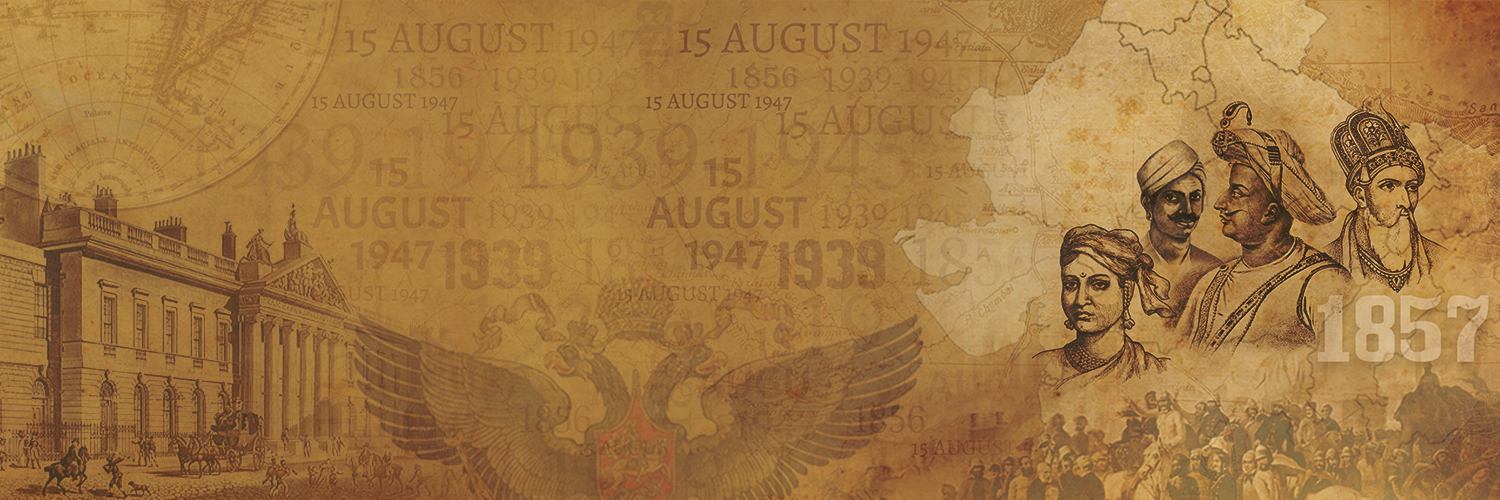
The Publishing Market:
The World of the Novel:
Community and Society:
The New Woman:
Novels for the Young:
Colonialism and After:
The Novel in South India:
The Novel in Hindi:
The novel in Assam:
Novels in Bengal:
Uses of the Novel:
The message of reform:
The Problem of Being Modern:
Pleasures of Reading:
Caste Practices, ‘Lower-Castes’ and Minorities:
Many novels were made into films.
The Novel and Nation Making: